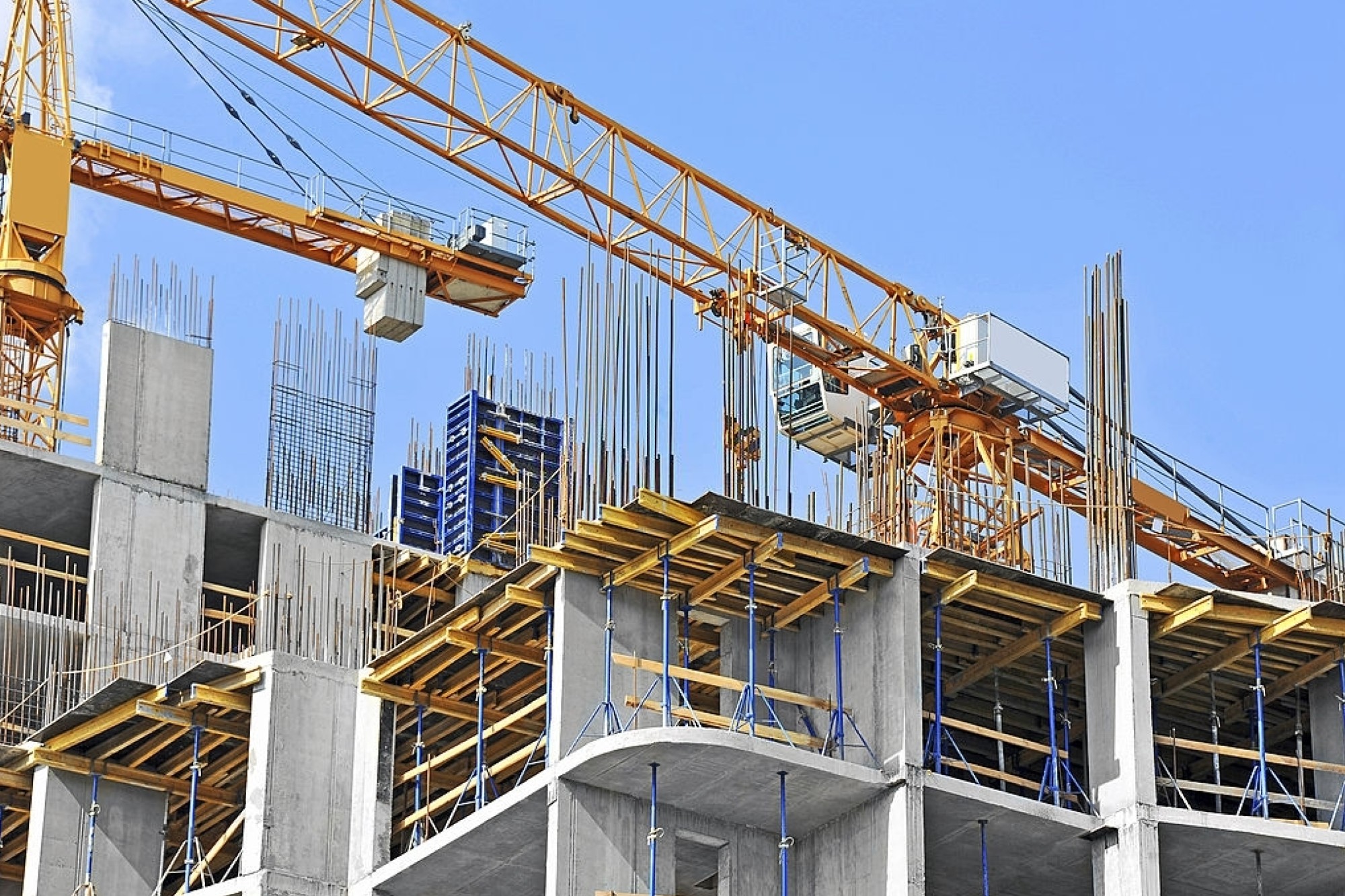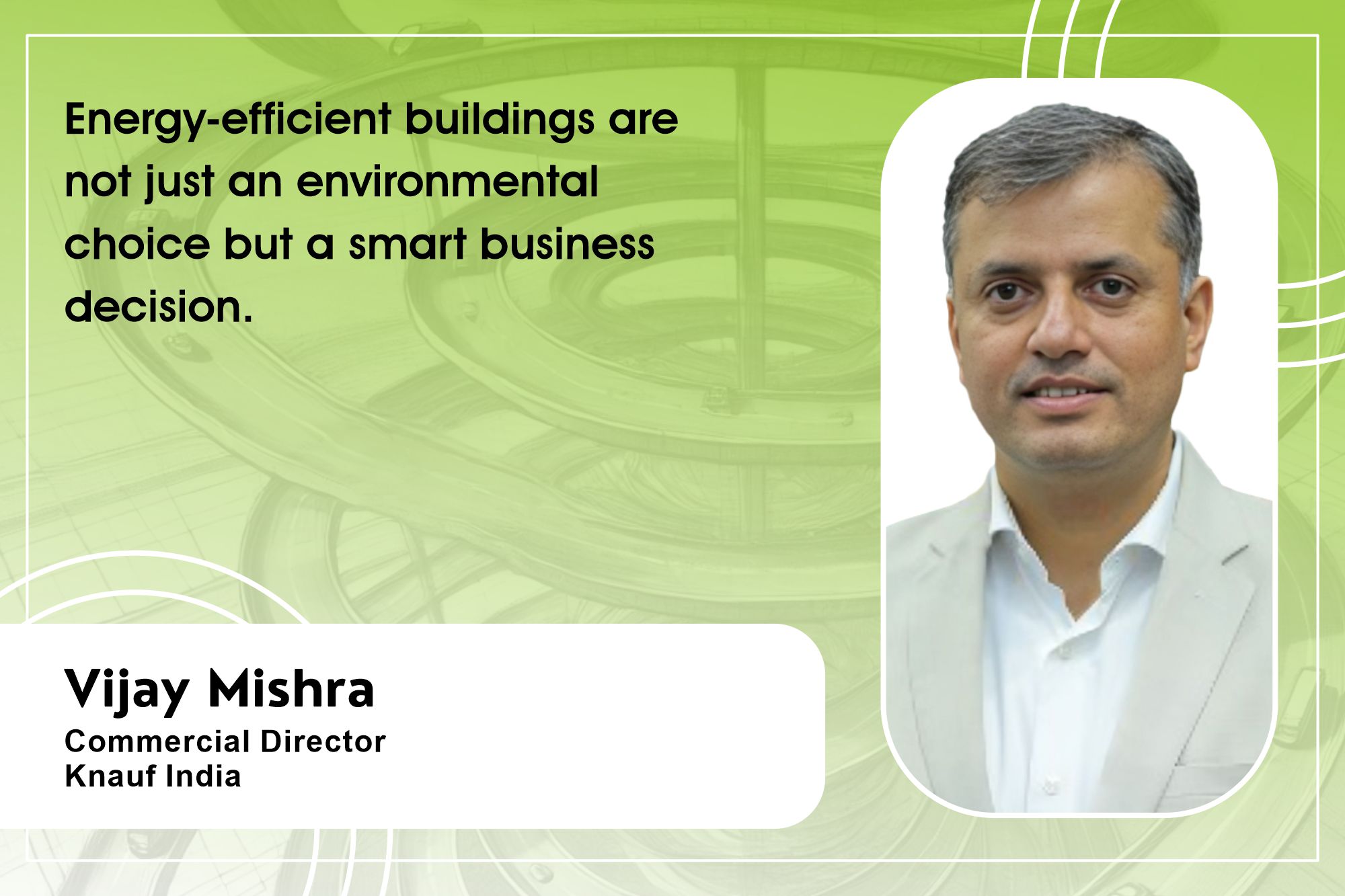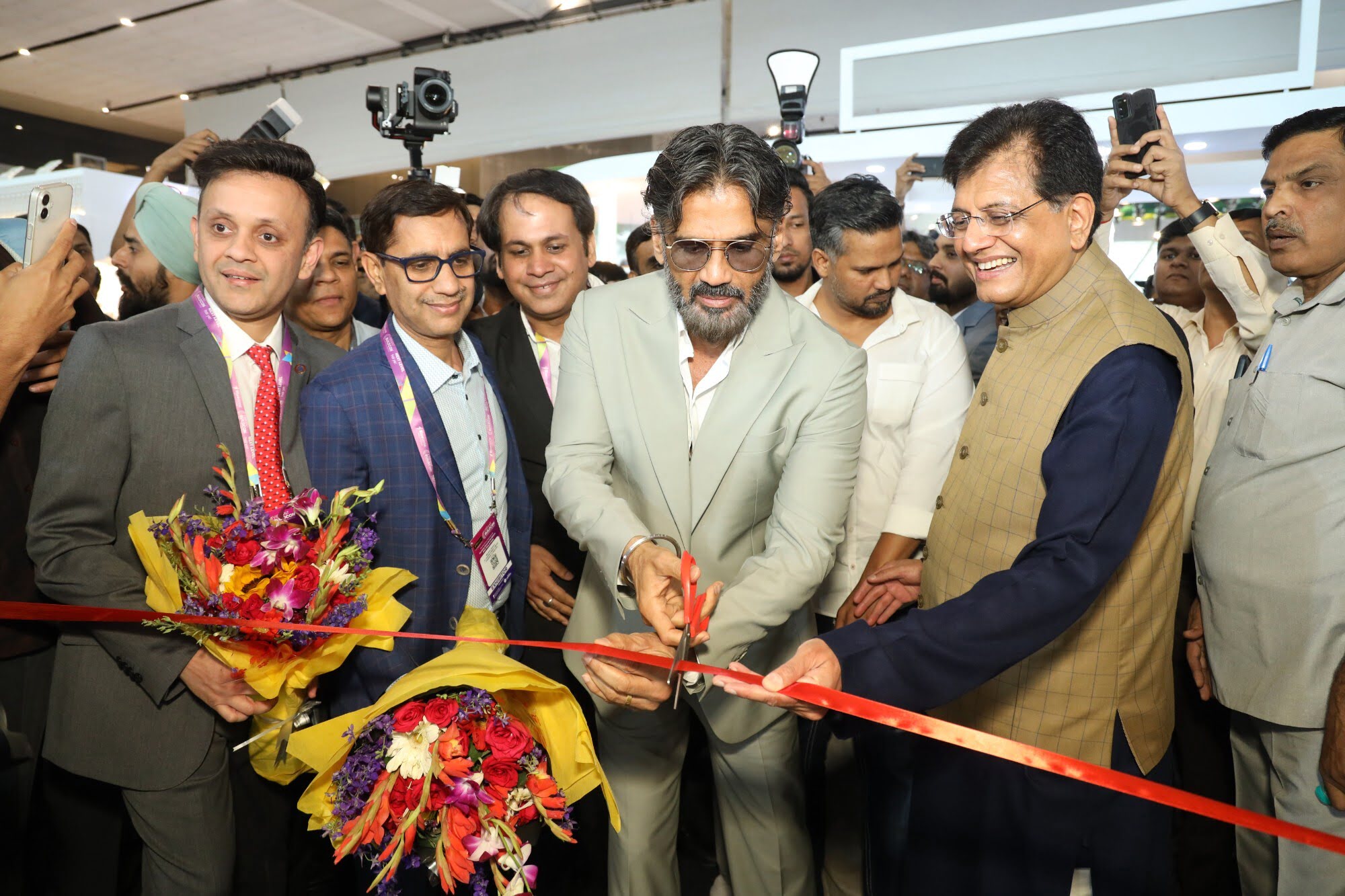India’s PEB construction industry outpaces China, focuses on sustainability & cost-effectiveness
By Edit Team | April 6, 2023 12:57 pm SHARE

In recent years, there have been significant changes in pre-engineered building structures. To meet the demands of sustainability, advanced technology, eco-friendliness, and cost-effectiveness, the construction and infrastructure sectors require durable and reliable PEB and roofing solutions.
India’s pre-engineered building (PEB) construction industry is surpassing China, with a growth rate of 9.5 percent as compared to China’s predicted rate of 8.5 percent. The PEB market in India is expected to grow at a Compound Annual Growth Rate (CAGR) of 11.66 percent and reach a value of $ 48.4 billion by 2030. To meet the demands of the industry, PEB sellers are incorporating the latest technological advancements to ensure a quick and sustainable approach.
The following discussion emphasises the significance of sustainability and cost-effectiveness in the PEB and roofing industry and the crucial role of innovative products and technologies that are driving the growth trajectory of this industry.
Innovations are creating conceptual advancements
Standing seam roofing is the most recent trend in which sheets are fastened only with clamps, and we do not puncture the roofing sheets, eliminating leakage. PUF panel roofing is another system gaining appeal across all market sectors. Given the acoustics and climate, these panels are more common and valuable.
According to Sandeep Koul, President of Technical Sales at Stelloid Infrastructure Pvt. Ltd., inclusivity in various critical components of PEB and roofing during the design, manufacturing, and installation processes improves the perfection ratio and adds reliability to pre-engineered building structures.
Kiran C. Tenny, Founder & CEO of Steelion Prefab Infra Solutions Pvt. Ltd., used the occasion to emphasise the advantages of their Hybrid Composite Prefab Technology (HCT), a hybrid of different steel and prefab methods. Our building technology is founded on a comprehensive knowledge of the Indian market’s constraints, including implementation skills. Still, it also capitalises on the market’s clever, cost-effective possibilities, which lower administrative costs and make technology affordable.
According to Rajan Singh, CEO of Modern Infra, the Indian PEB and roofing sectors are well-equipped with contemporary technologies. The innovative Indian airports demonstrate our industry’s power by demonstrating the availability of talent and technology. Considering these factors, Singh thinks pre-engineered structures and roofing will eventually supplant RCC structures in India, as steel buildings with composite structures present an excellent opportunity for the building construction industry. The cost is comparable to RCC structures, but it offers numerous benefits and will eventually become less expensive than an RCC building.
Looking at these patterns, Biswajit Roy, Business Head for Building Insulation at U.P. Twiga Fibreglass Limited, observes that the roofing and insulation sectors are presented in an exhilarating period of growth. Because of shifting climatic conditions, such as extreme summers, there is a high demand for ecologically responsive structure insulation options. “As metal roofs in factories, warehouses, and airports are highly heat-conductive, adequate thermal insulation is required.
Quality and pricing advantage
Steel price fluctuations are a source of worry for the PEB business. Steel accounts for 60 to 70 percent of the overall expense. PEB firms take on initiatives to compete, compute current steel costs, and pick up orders. The steel price rises when the transaction is completed, and the customers finish the site mobilisation, which takes some time. “The raw material’s cost is now higher than the calculated price. This lowers the project’s profit or, in some instances, extends the project’s losses.” Singh adds.
Koul, on the other hand, details the cost benefits associated wtih prefabricated building structures. The computer-aided design makes PEB structures off-site, cutting labour costs and time. They use standard components, reducing material costs and waste. “Customisation and additional features, like insulation and fire protection, can increase PEB construction costs. Despite initial expenses, PEB is often cost-effective due to reduced construction time and lower material costs”, Koul explains.
Many traditional systems are being replaced with advanced technological solutions to improve the speed and quality of construction and reduce operating and maintenance costs in the long run. To comply with this, Roy explains that many effective systems require high-performance insulation solutions to meet thermal requirements, improve acoustic parameters, and meet fire and life safety requirements.
Integrating sustainability and efficiency in pre-engineered roofing structures Prefabrication offers eco-friendly and cost-effective advantages for consumers and construction companies by minimising waste and using sustainable materials with long-term financial benefits. Tenny emphasises the implementation of off-site construction methodologies, waste reduction, and mobile yards near construction sites to reduce overhead, transportation costs, and emissions.
Roy underscores the importance of product customisation in reducing site waste, speeding up installations, and increasing transport and storage effectiveness. He says, “The length and thickness of the insulation products can be customised at the factory.
Koul proudly shares Stelloid’s contribution to sustainability through green roofing. Improves energy efficiency by providing insulation. It also manages stormwater by absorbing rainwater, reducing the risk of flooding. Koul suggests “experienced professionals should be engaged to ensure intended benefits, sustainability, and environmental impact are achieved for the appropriate application of green roofing. Green roofing is an eco-friendly solution for buildings seeking to improve energy efficiency and minimise environmental impact.”
The trend in pre-engineered buildings constantly evolves in response to the growing demand for sustainable practices. The building sector is actively working to reduce emissions and improve energy efficiency, leading to the development of energy-efficient roofing technologies and products. It roofing is a versatile, eco-friendly solution that can improve a building’s energy efficiency and minimise environmental impact. It also offers additional benefits, such as stormwater management, improved aesthetic appeal, and outdoor spaces for occupants.
However, to ensure that the intended benefits of sustainability and environmental impact are achieved, it is crucial to plan and install the energy-efficient roofing system properly. Engaging experienced professionals and thorough planning can ensure that green roofing contributes to a building’s sustainability goals and provides a comfortable living or working environment.
Cookie Consent
We use cookies to personalize your experience. By continuing to visit this website you agree to our Terms & Conditions, Privacy Policy and Cookie Policy.




































-20240213125207.png)

























